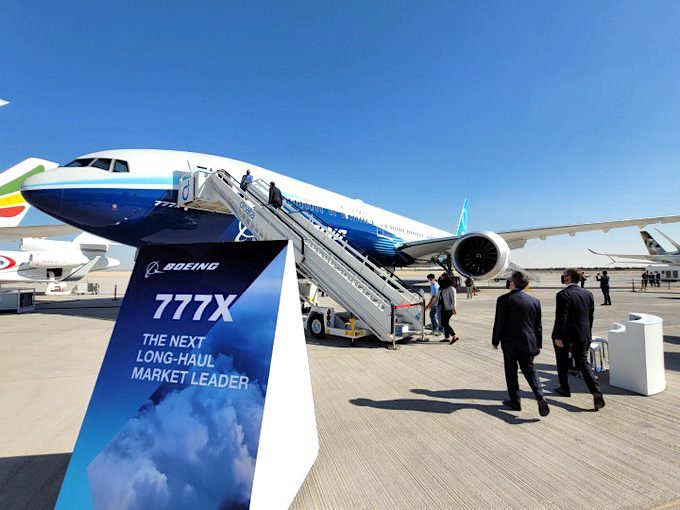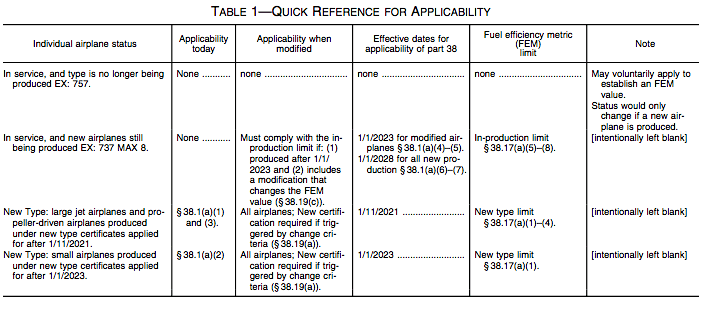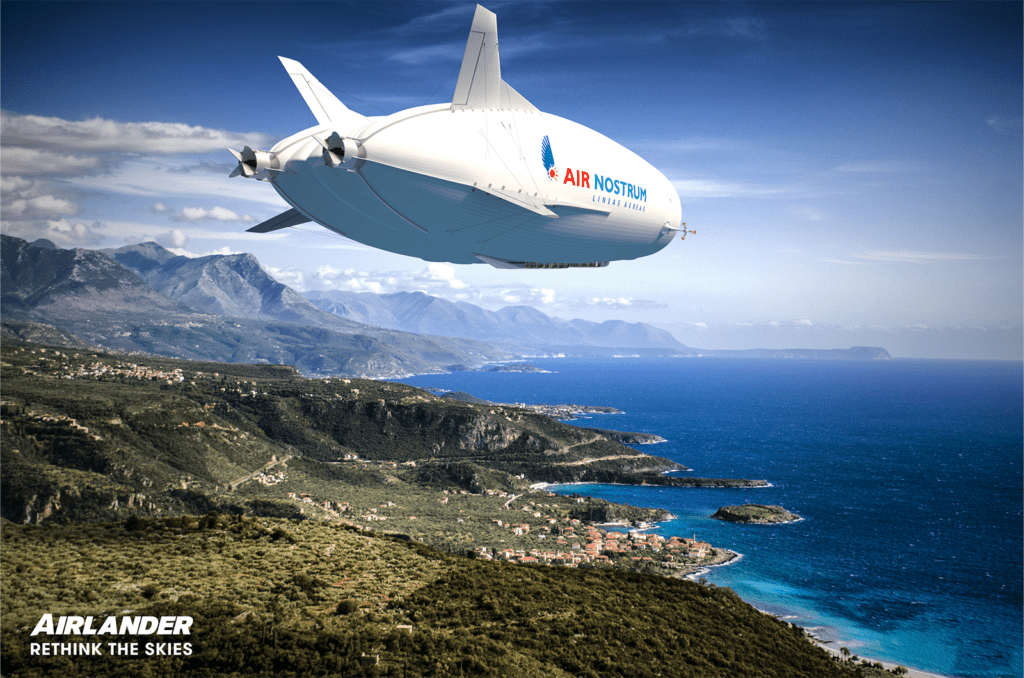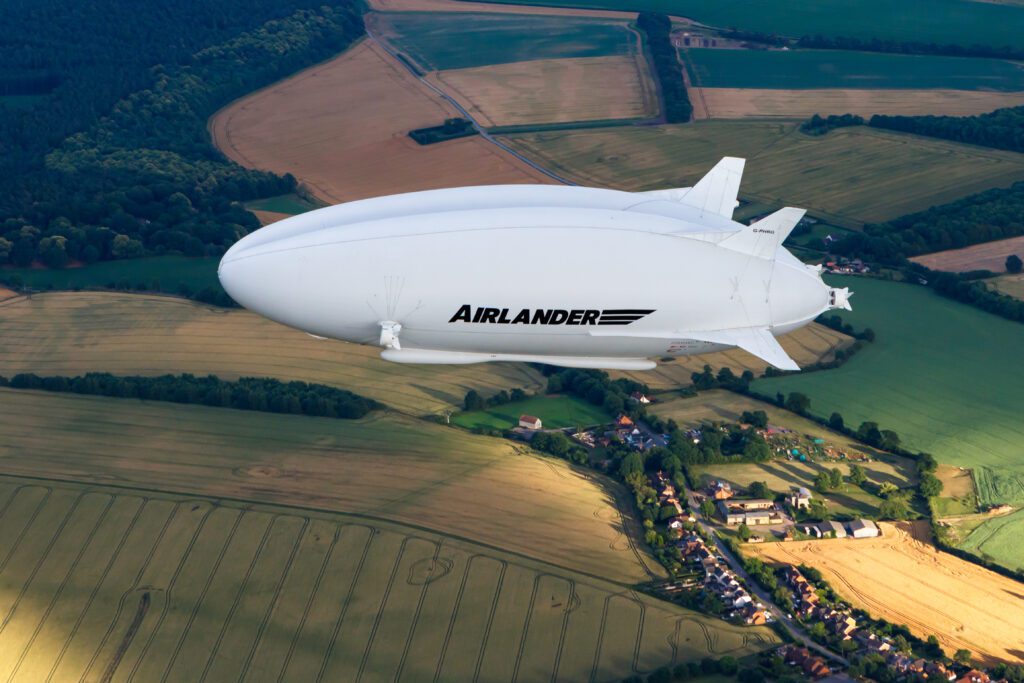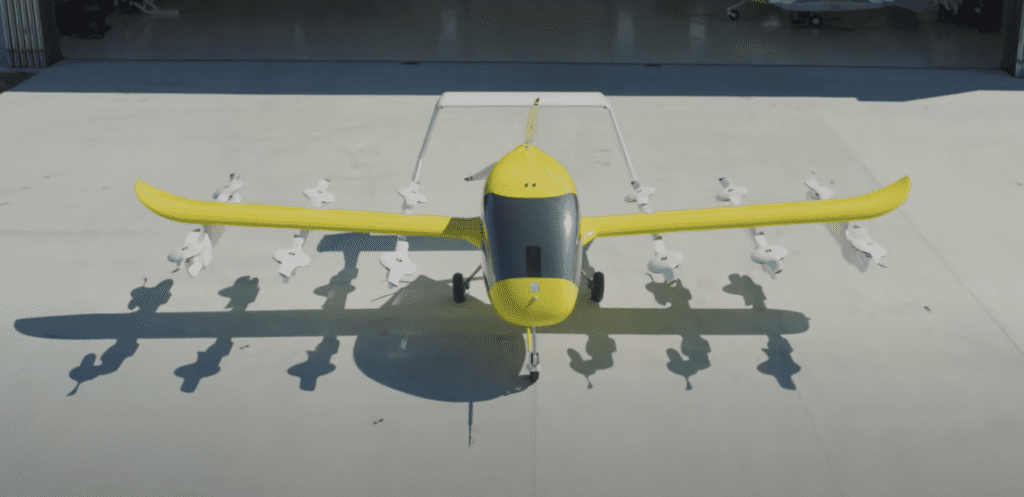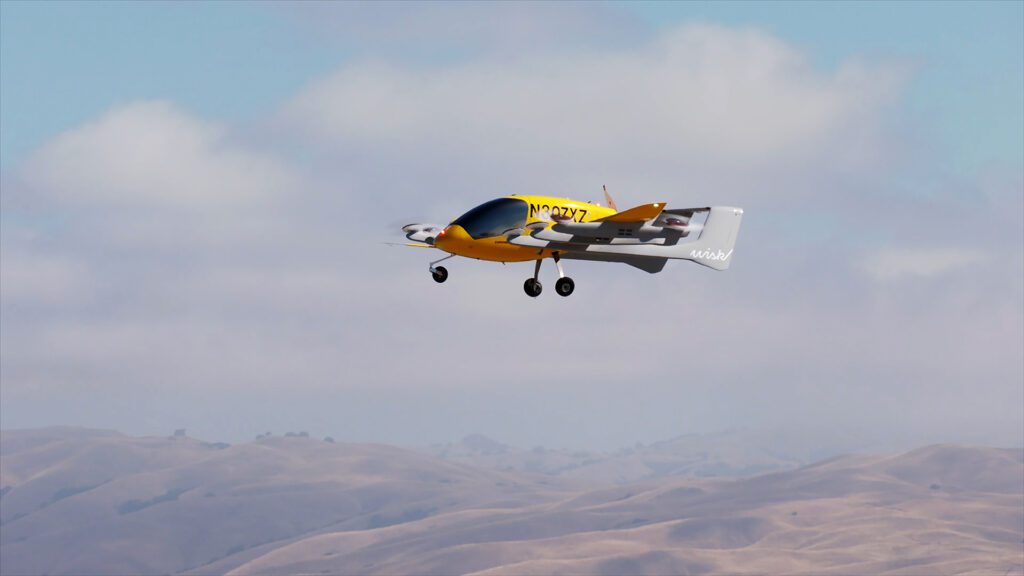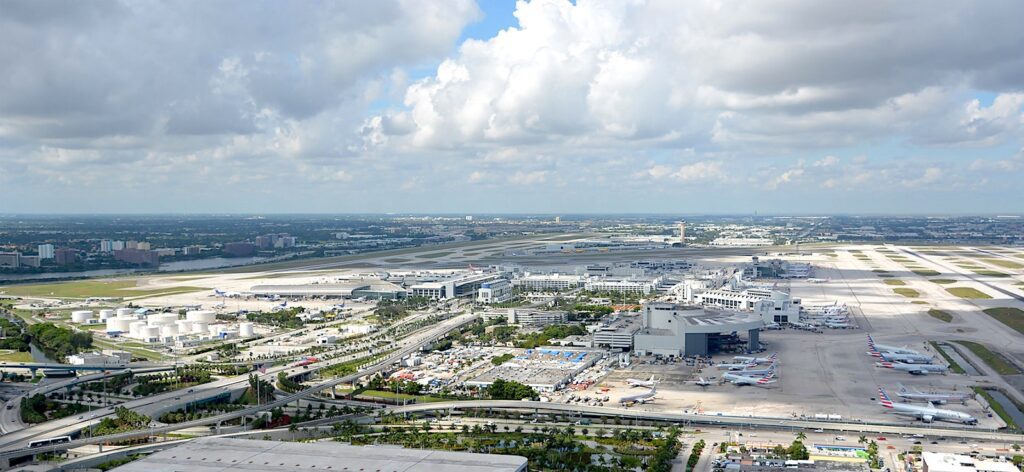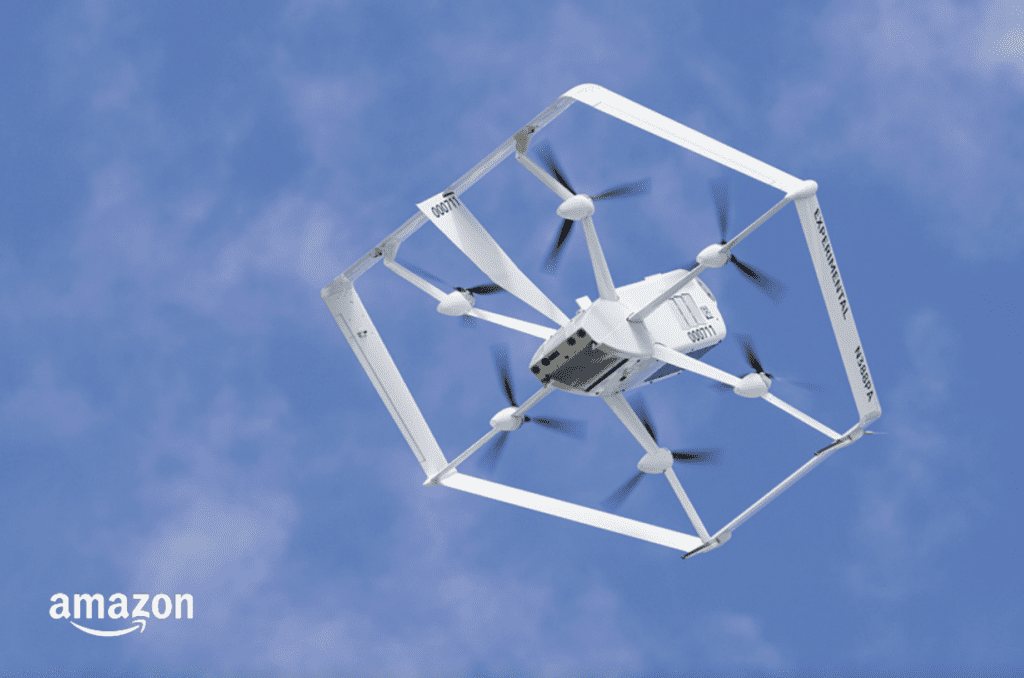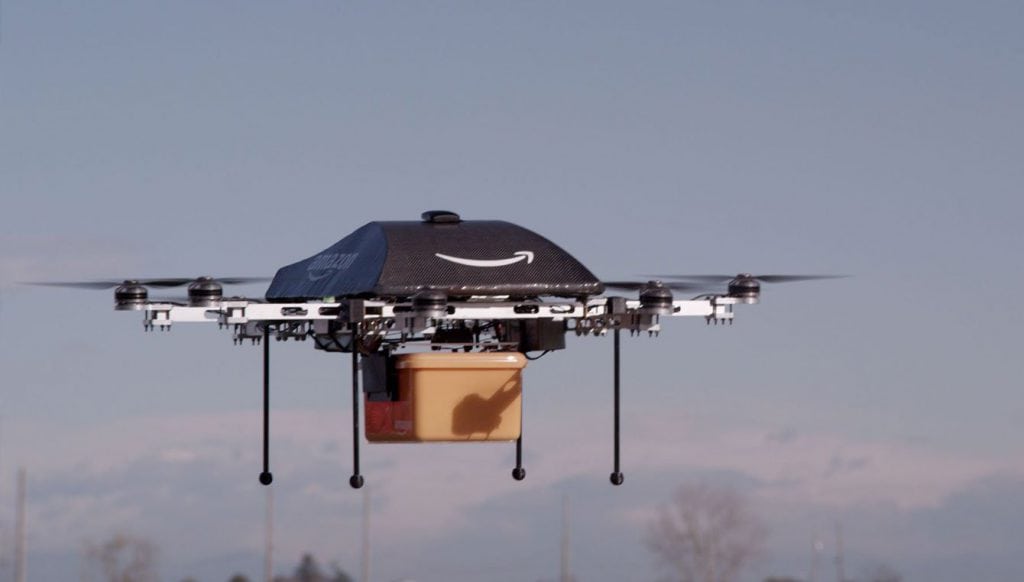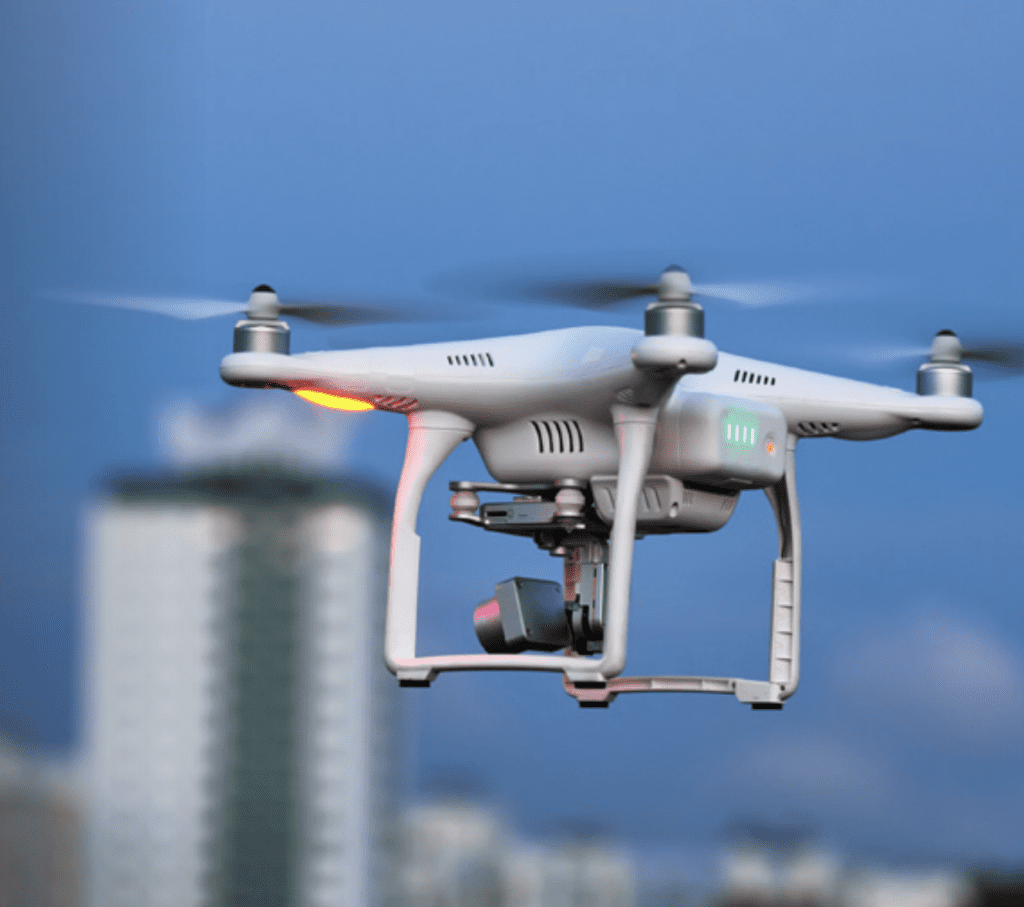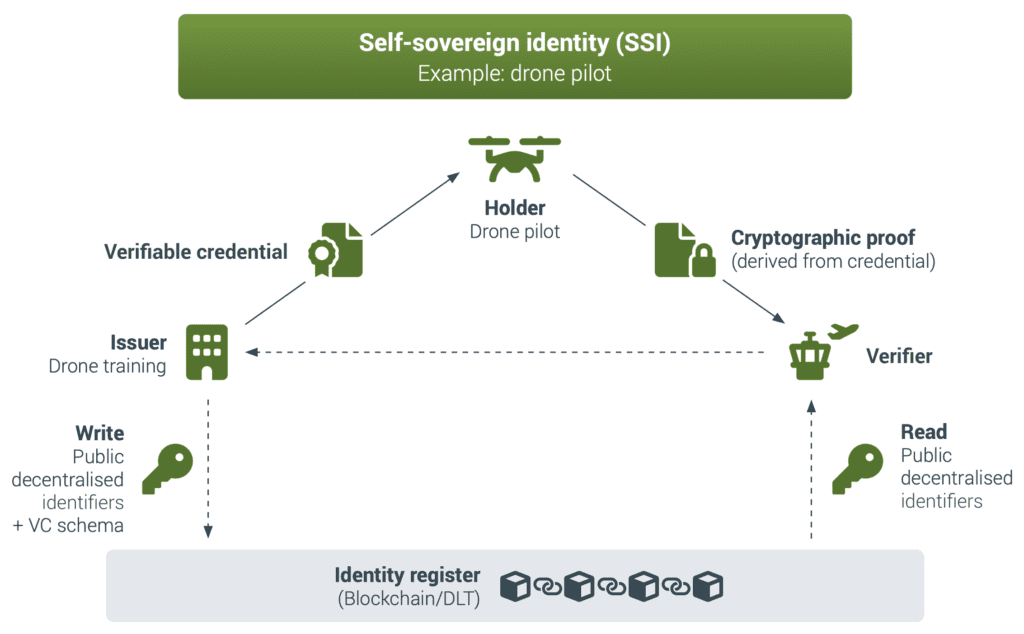Boeing Expands Safety Management System Data Analytics with Aireon Space-based ADS-B


A computer generated depiction of Aireon’s space-based ADS-B global surveillance network (Photo courtesy of Boeing)
Aireon and Boeing announced a new agreement today that will add space-based Automatic Dependent Surveillance Broadcast (ADS-B) surveillance data to the aircraft manufacturer’s internally operated safety data analytics suite.
Under the new services agreement signed by the two companies, Aireon will provide historical and near real time aircraft event data to “select Boeing airplane programs,” according to the announcement. Space-based ADS-B data will be fed to data analytics tools being used as part of Boeing’s ongoing implementation and operation of an enterprise Safety Management System (SMS).
Mike Delaney, who was appointed as Boeing’s chief aerospace safety officer by CEO David Calhoun last year after serving as an engineering executive over the last decade, first explained how the company was adopting the new SMS during an interview featured on a podcast internally distributed to Boeing employees in January called InsideBoeing. During the podcast, Delaney explained how the SMS was being voluntarily implemented and had already begun some initial benchmarking activity at Boeing Defence UK, a U.K.-based aerospace and defense facility operated by the company.
Boeing also updated its SMS company policy memo in April, with a list of 10 key principles that define its SMS. The list includes the use of “actionable key performance metrics,” such as those that could be leveraged by the space-based ADS-B data that Aireon will provide to Boeing under their new agreement. Boeing Chief Sustainability Officer (CSO) Chris Raymond also discussed the SMS rollout by Boeing during a recent appearance on a Jefferies Virtual A&D ESG Summit Conference webcast.
“It’s a system where you’re really constantly receiving data and input. And to receive data and input, you need a culture where people want to speak up, and they realized that is what you want them to do and they’re not hesitant to do that, whether they’re in the supply base or they’re in your operational customer sets or in your own employee base,” Raymond said.
The FAA defines an SMS as a top-down structured process that requires aviation organizations to manage safety “with the same level of priority that other core business processes are managed.” The agency first started requiring commercial airlines authorized to conduct operations under 14 CFR Part 121 to implement an SMS in 2018.
Vishwa Uddanwadiker, the safety analytics lead within Boeing’s Chief Aerospace Safety Office (CASO), told Avionics International in an emailed statement that Boeing already has access to ground-based ADS-B data, and incorporating the space-based global view will enhance their knowledge of “flight operations and performance during various phases of flight and help us build probabilistic risk models.”
“It will provide us a holistic or broader view of our fleet and help us strengthen our safety management system implementation. Boeing will be able to analyze the flight path,” Uddanwadiker said. “The data can be used to help to identify hazards and monitor emerging safety trends. Expanding our stream of performance data supports our effort to proactively strengthen the safety of our products and services.”
Uddanwadiker also confirmed that Boeing will not be using any of the space-based ADS-B data provided by Aireon for commercial services. AireonINSIGHTS, the Microsoft Azure-based platform that will feed Boeing’s SMS, is capable of combining space-based ADS-B data with aviation contextual data like infrastructure, weather, avionics, and aircraft registry and scheduling data, according to the company’s website.
Since the introduction of its space-based ADS-B network in 2019, Aireon has continued to expand the number of services and applications powered by its global surveillance capability, including leveraging “advanced machine learning and analytics functionality” that could go beyond its core air navigation service provider (ANSP) customer base to support airlines, airport operators, leasing companies, and unmanned aircraft system operations, among others, according to a June 20 press release.
Don Thoma, Aireon CEO, said the latest agreement “unlocks a cache of information for Boeing regarding the operations of its aircraft in the global airspace.”
The post Boeing Expands Safety Management System Data Analytics with Aireon Space-based ADS-B appeared first on Aviation Today.
—————
Boost Internet Speed–
Free Business Hosting–
Free Email Account–
Dropcatch–
Free Secure Email–
Secure Email–
Cheap VOIP Calls–
Free Hosting–
Boost Inflight Wifi–
Premium Domains–
Free Domains







